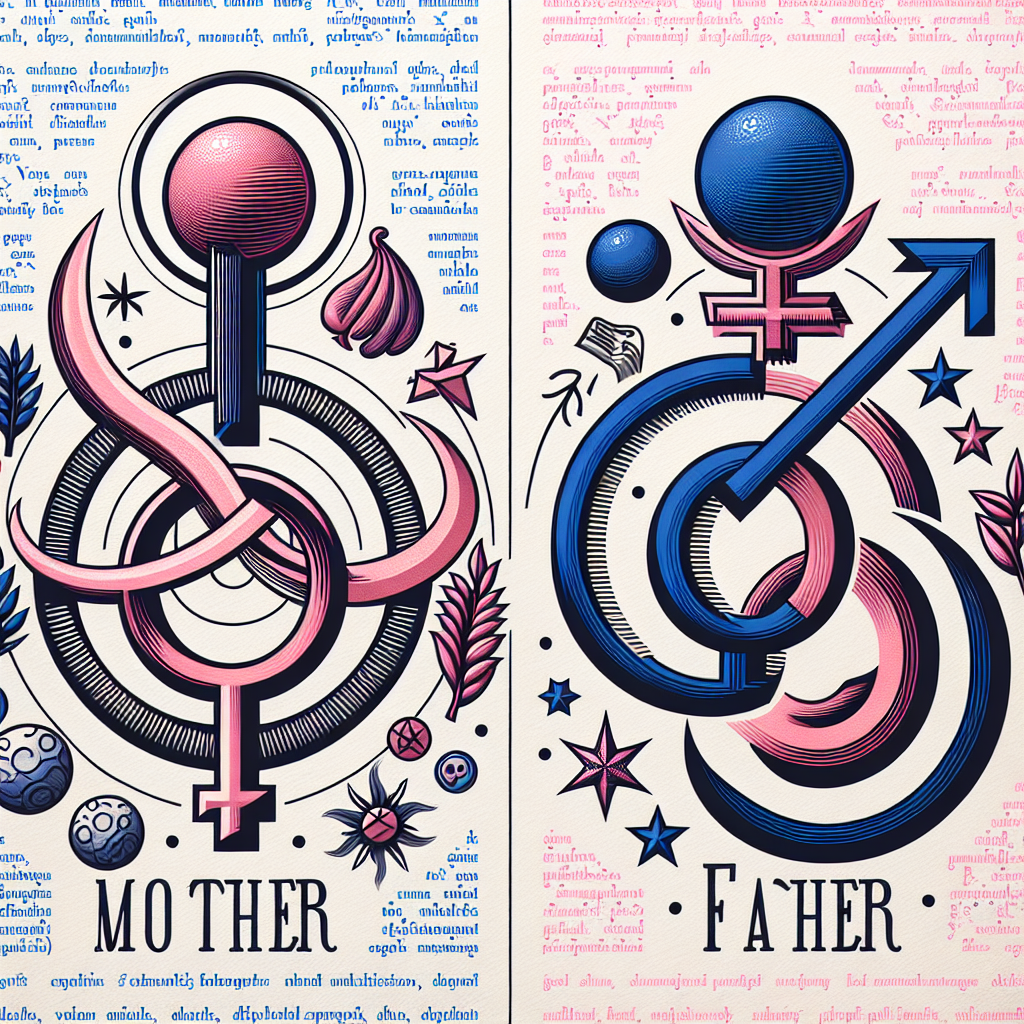US Defines ‘Mother’ as Female and ‘Father’ as Male
US Defines ‘Mother’ as Female and ‘Father’ as Male
Overview
The United States government has officially defined the terms “mother” and “father” in a traditional manner, specifying “mother” as female and “father” as male. This decision has sparked discussions and debates across various sectors, including legal, social, and cultural arenas.
Key Details
- Legal Implications: The definition is expected to influence legal documents and policies, potentially affecting areas such as parental rights, birth certificates, and family law.
- Social Reactions: The decision has received mixed reactions, with some groups supporting the traditional definitions, while others argue for more inclusive language that reflects diverse family structures.
- Cultural Impact: This move may impact cultural narratives and discussions around gender roles and family dynamics in the US.
Reactions and Opinions
Various advocacy groups and individuals have voiced their opinions on this decision:
- Supporters: Proponents argue that the definitions align with biological realities and provide clarity in legal contexts.
- Critics: Opponents claim that the definitions are outdated and fail to recognize the complexities of modern family structures, including those involving LGBTQ+ parents.
Potential Consequences
The decision could have several consequences, including:
- Influencing future legislation and court rulings related to family law.
- Impacting the language used in educational and governmental materials.
- Shaping public discourse on gender and family issues.
Conclusion
The US government’s decision to define “mother” as female and “father” as male has ignited a multifaceted debate. While it provides clarity in certain legal contexts, it also raises questions about inclusivity and the recognition of diverse family structures. As discussions continue, the implications of this decision will likely unfold across various sectors of society.








































